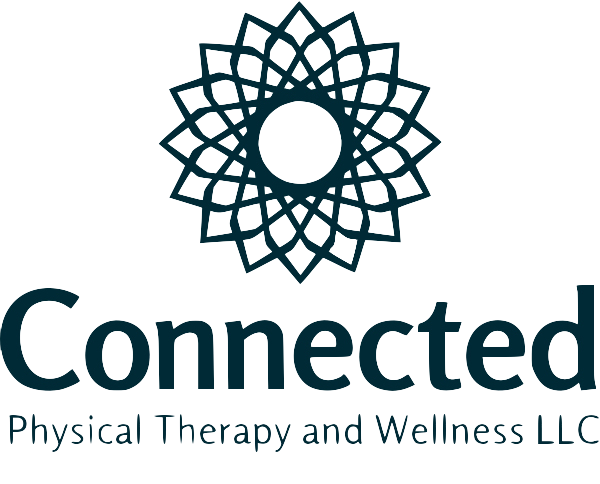"How Muscles Age, and How Exercise Can Slow It"...and how photobiomodulation can help
“How Muscles Age and How Exercise Can Slow It” is an excellent article by Gillian Butler-Browne, Vincent Mouly, Anne Bigot, and Capucine Trollet in The Scientst , outlining the many pathways that contribute to muscle aging. The loss of muscle mass (sarcopenia) is multifactorial. Gene expression, stem cell activity, protein production, and hormones all contribute, and the bottom line is that exercise can help.
According to the article, research shows that “exercise may prevent or reverse many of these age-related changes, whereas inactivity will accelerate muscle aging.” And the author concludes that “for now, regular exercise combined with good nutrition is still the most effective way to fight sarcopenia, and possibly aging overall.”
While diet and exercise are certainly the top two actionable items in improving the longevity of muscle health, one section of this article supports a third option: Photobiomodulation therapy (PBMt).
The information under the section “protein quality control” has the pertinent tidbits:
“In order to maintain muscle strength, muscle cells must get rid of the intracellular garbage that accumulates over time. In the case of muscle cells, this garbage includes old organelles…clumps of damaged proteins, and free radicals, all of which can become cytotoxic over time… If muscle fibers fail to clear these potentially dangerous entities, they will become smaller and weaker.” (emphasis mine)
Clearing free radicals is the primary mechanism of PBMt. To understand how, let’s take a crash course in the basics of how cells make energy. Each cell has its own collection of power plants, called mitochondria. Mitochondria take glucose and oxygen and create ATP, which is the body’s unit of energy currency. ATP in the body is like gas in your car: it’s what makes your engine run. When this process runs smoothly, mitochondria can create A LOT of ATP for optimal cell function.
Problems happen when this process doesn’t run smoothly, and that’s where free radicals come into play. When cells are overworked by environmental, nutritional, or physical stressors, free radicals are produced. Free radicals clog up the mitochondria’s binding sites for oxygen, which drastically reduces ATP production. That means less gas available for the engine to run. Add in the fact that free radical accumulation is toxic to the cell itself, and you’ve got a recipe for disaster. Or, in the case of this article, a recipe for making muscle cells “smaller and weaker.”
So how does PBMt help? It clears free radicals. Picture those free radicals clogging up the binding sites for oxygen. PBMt uses specific wavelengths of red and near infrared light that hit the binding sites, kick out the free radicals, and allow oxygen to attach again. This jump-starts ATP production, and the cell is back in business. The garbage trucks can get to work and a healthy cellular environment is restored. Healthy cells translate to improved muscle function, therefore PBMt can help combat one of the contributing factors to muscle loss.
There is certainly no magic pill or fountain of youth when it comes to ensuring our health across the lifespan. There are a myriad of factors in play, and we can’t control all of them. However, this article from The Scientist outlines how diet and exercise are actionable steps toward health. Adding Photobiomodulation therapy to the mix can help boost the body’s ability to remain robust in the face of aging.
**********
For more information on the NovoTHOR Light Pod and PBMt at Connected PT, click here
For more information regarding the science of PBMt, click here

